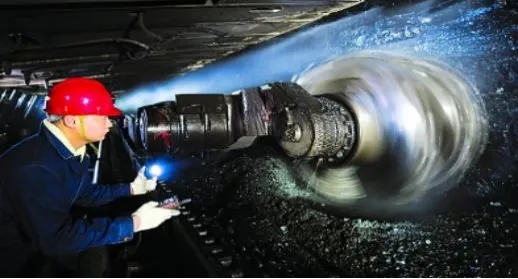សីហា . 30, 2024 23:58 Back to list
rubber expansion joint flange type
Understanding Rubber Expansion Joint Flange Types
Rubber expansion joints are essential components in various piping systems, utilized primarily to absorb thermal expansion, vibration, and misalignment. Among the different designs and configurations available, the flange type is especially notable for its practicality and ease of installation.
What is a Rubber Expansion Joint?
A rubber expansion joint is a flexible connector made from rubber and reinforced with fabric or steel, functioning as a mediator between two sections of piping. These joints enable the system to accommodate movements caused by temperature fluctuations, pressure changes, and equipment vibrations.
Key Features of Flange Type Expansion Joints
Flange type rubber expansion joints come equipped with flanges on both ends, which facilitates straightforward attachment to existing piping systems. This design is particularly beneficial in industrial applications, where quick installation and maintenance are critical.
1. Material Versatility Rubber expansion joints are crafted from various materials tailored to meet specific operational needs, including EPDM, neoprene, and silicone. This versatility allows them to handle diverse temperatures and chemical environments effectively.
2. Vibration Absorption One of the primary advantages of using rubber expansion joints is their ability to dampen vibrations. This feature not only protects adjacent equipment but also enhances the overall longevity of the piping system.
rubber expansion joint flange type

3. Thermal Expansion Management Thermal expansion can lead to significant stress on piping systems. Flange type expansion joints absorb this stress, ensuring that the structure remains intact and free of leaks or ruptures.
4. Adjustability These joints can accommodate axial, lateral, and angular movements, making them highly adaptable to various operating conditions. This flexibility is crucial in preventing system failure due to misalignment or excessive movement.
5. Ease of Installation Flange type rubber expansion joints simplify installation. The flanged ends allow for direct connection to pipes without the need for additional fittings. This convenience reduces downtime during system maintenance or retrofitting.
Applications
Rubber expansion joints are widely used in numerous industries, from chemical processing and water treatment to HVAC systems and power plants. Their ability to manage movement and vibration makes them ideal for high-pressure and high-temperature environments.
Conclusion
In conclusion, rubber expansion joint flange types are invaluable in modern piping systems, offering numerous benefits such as flexibility, ease of installation, and effective movement management. When selecting an expansion joint, it is crucial to consider the specific requirements of your application to ensure optimal performance and longevity.
Share
-
Reliable Wafer Type Butterfly Valves for Every IndustryNewsJul.25,2025
-
Reliable Flow Control Begins with the Right Ball Check ValveNewsJul.25,2025
-
Precision Flow Control Starts with Quality ValvesNewsJul.25,2025
-
Industrial Flow Control ReliabilityNewsJul.25,2025
-
Engineered for Efficiency Gate Valves That Power Industrial PerformanceNewsJul.25,2025
-
Empowering Infrastructure Through Quality ManufacturingNewsJul.25,2025